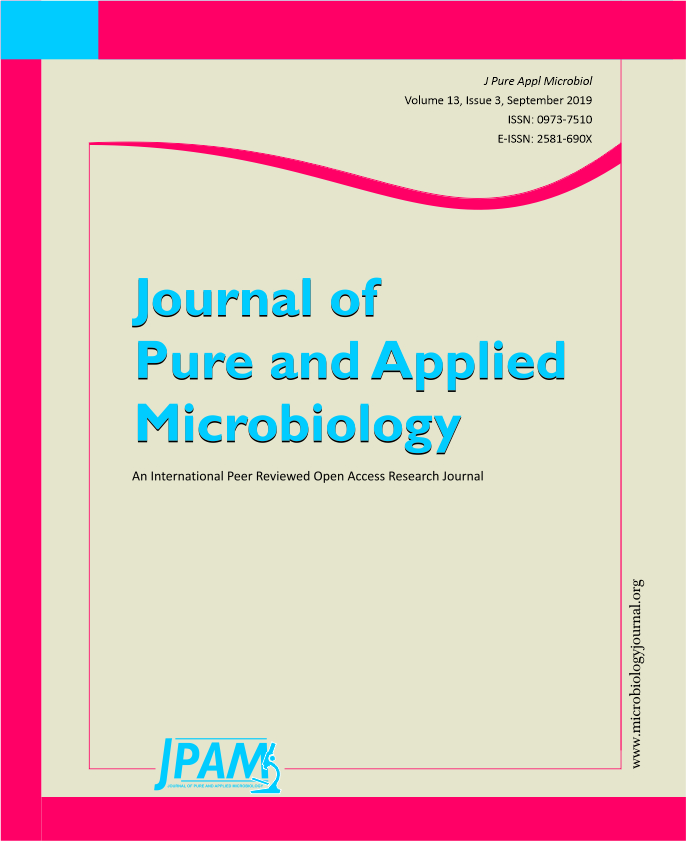In the present study, bioflocculant derived from bacteria are widely explored in bioremediation such as removing heavy metal and inhibiting biofilm formation. The bacteria isolated from sewage identified as Proteus mirabilis using 16S rRNA gene made up of D-Mannose, D-Fructose, D-Sucrose, and D-Galactose could be identified by Gas liquid Chromatography Mass Spectrometry (GCMS). Fourier transform infrared (FTIR) analysis of the bioflocculant indicated the presence of –COOH, -OH, and -NH groups which showed the characteristic of polysaccharide and protein. The removing percentage of heavy metals achieved by the precipitated bioflocculant were 82.63 ± 1.20, 72.076 ± 0.42, 57.36 ± 1.05, and 44.7 ± 1.053%, respectively for Zn2+, Cd2+, Cu2+, and Hg2+ at optimum conditions. Bioflocculant were exhibited excellent biofilm inhibition against P. aeruginosa where maximum reduction (73%) were achieved at the minimum amount of 80µg/ml dose. Similarly, maximum reduction (80%) were achieved at the minimum amount of 70µg/ml dose for S. aureus. It was concluded that the bioflocculant produced have the potential in metal removal and biofilm inhibition.
Heavy metals, Bioflocculant, Flocculation, Antibiofilm, Polysaccharides.
© The Author(s) 2019. Open Access. This article is distributed under the terms of the Creative Commons Attribution 4.0 International License which permits unrestricted use, sharing, distribution, and reproduction in any medium, provided you give appropriate credit to the original author(s) and the source, provide a link to the Creative Commons license, and indicate if changes were made.


